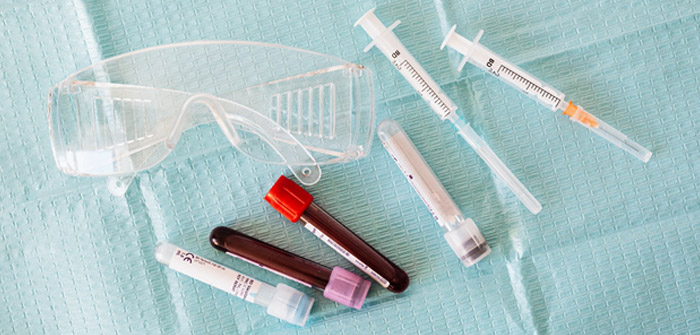When it comes to analysis of mixtures, there are a few different methods out there – each with their own supporters in the scientific community. Today, I would like to give you a detailed explanation of one of them in particular: the ELISA assay. This stands for “enzyme linked immunosorbent assay.”
It was established back in 1971, and since then has been a relative staple amongst scientists of many disciplines. Essentially, by using it, we are able to analyze certain proteins in mixtures and compounds to determine some of the properties that we may not have known before. This is useful for many reasons, but especially for developing types of medicine.
The Basic Elements of it
If you are looking for some simple background details on this topic, you might want to look at pages like this one – I found them quite useful as I delved further into it myself. What you should know is that there four elements at play as this process occurs. The end goal is to measure antigens, antibodies, proteins, and glycoproteins.
The first step is the coating or capture stage. This is where antigens are either indirectly or directly immobilized at the surface of the compound. That is usually a polystyrene microplate well.
After that is the plate blocking. In this phase, all of the surface binding sites on those microplate wells must be covered with something. Generally, this ends up being some sort of protein that does not interfere with or interact with the rest of the process.
Third is the detection stage, also known as probing, instead. In this part of the ELISA assay, antigen specific antibodies must be incubated. Usually, those antibodies will end up binding with the correct antigens due to the affinity-binding properties.
Finally comes the signal measurement, which is of course the goal that the other stages work towards. The binding of the antibody to the antigen sends out a signal that this process detects. That is usually via the secondary or direct tag.
Why This Matters
While common processes like the ones found here, https://shop.surmodics.com/elisa-assay, have always been something many pharmaceutical companies and scientists have kept an eye on, they have exploded in popularity in the past few years. If you did not know, antibodies and antigens are all an important part of both epidemiology and etiology.
The development of vaccines has weighed heavy on almost everyone’s minds lately. That is, of course, mostly due to the covid 19 pandemic. It has wreaked havoc on our lives, and before the vaccines were ultimately created, hundreds of thousands of lives were lost. Even after they were, there was still a huge toll.
ELISA can be used in many ways to aid in these purposes, and there are several different types of it. There is plenty out there to read on the topic if you are wondering, so I recommend you check it out at some point if this is something you are truly fascinated by or a part of your field. That being said, I will go over some of the tests it can be used to perform.
For one thing, it can both detect and help to estimate levels of certain hormones. For example, testosterone, prolactin, luteinizing hormones, follicular stimulators, and Human chorionic gonadotropin can all be found with this process.
Something else important it can do is track and detect any previous exposure to diseases. Obviously, this is of particular note and interest given both covid 19 and monkeypox. However, the most notable three it can track are cholera, HIV, and influenza.
Did you know that ELISA is used in many drug tests, too? It can detect any drug use from the samples it is used for. This could include methamphetamines, cocaine, benzoylecgonine, and amphetamines.
Another way it has been utilized in medicine is in the detection of tumors, which I think is a huge innovation. Whether they are benign or cancerous, there is almost always some sort of risk that comes with having a tumor. So, being able to find them with a relatively non-invasive procedure is certainly a good thing!
Conclusion: Worth Learning About or Not?
If you are developing medicines or vaccines of some sort, or in the medical field at all, you should probably familiarize yourself with ELISA assays and the labs that perform them. Thankfully, there are a ton of options on that front with plenty of variety if one does not meet your standards.
It is likely a good idea to look at reviews for the different labs online or ask colleagues or supervisors as well for their input on where to send samples. Since it is a common process by now, look for places that can do some specific aspects, or specialize in those that you need.






